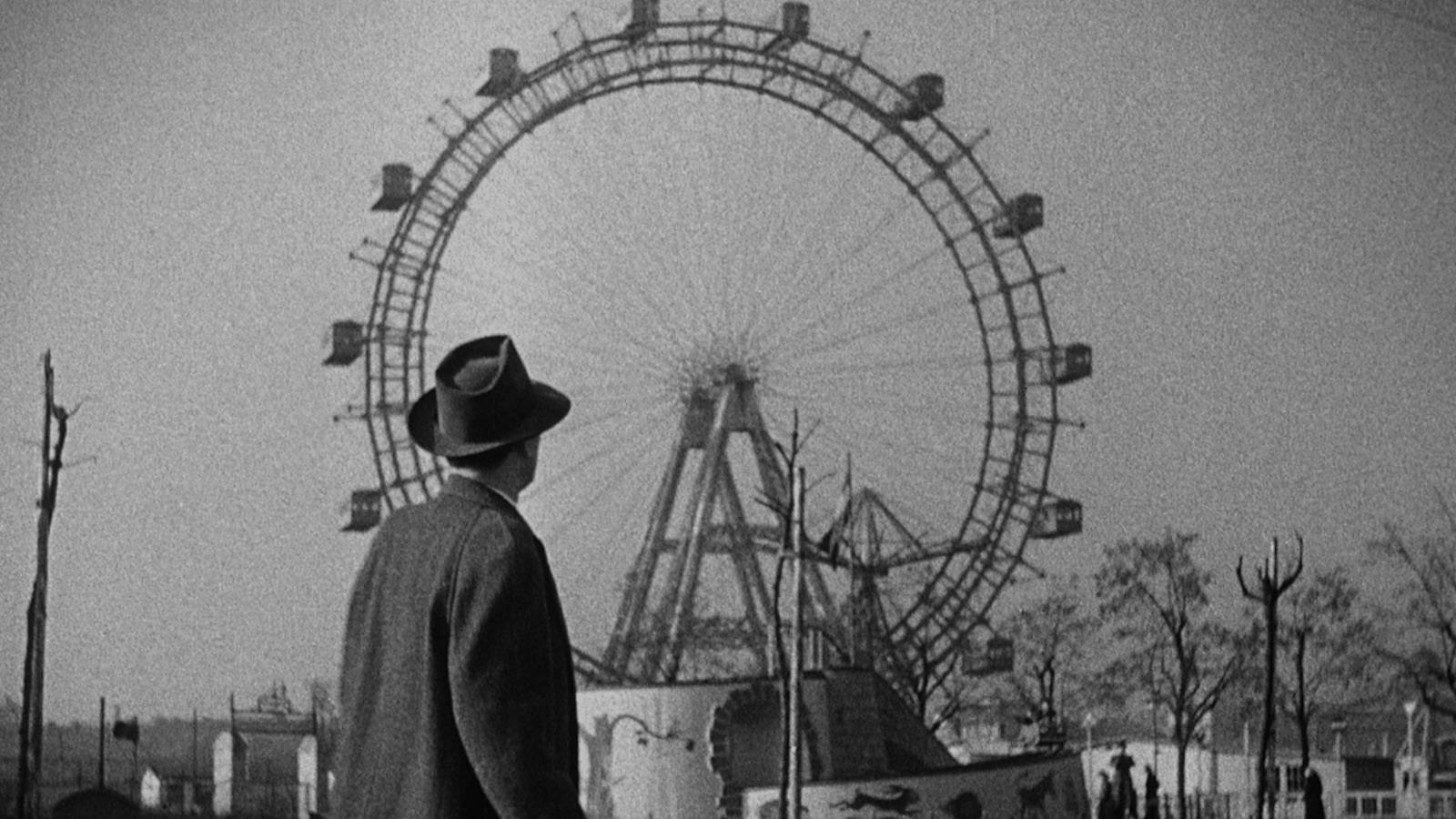The Other Side of the Tracks

At Criterion, producers spend a lot of time talking about each DVD release—from cover art and liner notes to the special features we present. In the case of the latter, we have a pretty elaborate system in place. We start out discussing the title with each other, hashing out what we think the release should be. Then we go to the archives and reach out to our friends in the film community for materials and more insight. In the case of our upcoming rerelease of The Third Man, producer Susan Arosteguy had assembled a treasure trove of new material related to Carol Reed, Graham Greene, and the production of the film. What we all wanted was a filmmaker’s perspective.
I knew that Steven Soderbergh was a big fan of The Third Man—I had heard him mention Robert Krasker’s cinematography in interviews, and more recently he had talked about watching the film during prep for The Good German. I also know he’s one of the best when it comes to DVD commentaries. I worked with him during the production of our release of Traffic, and then again on Schizopolis, and I realized he’s about as good as they get. He knows film history and all aspects of the process. For those of you who aren’t aware, Steven has shot all of his films since Traffic. Along the way, he’s often written, edited, and produced many of his own projects as well.
People often talk about Criterion releases as “film school in a box,” and that term also basically describes a Soderbergh commentary track. He talks about film stocks, camera lenses, films he’s ripped off, production difficulties, editing woes, and working with actors. Sometimes you even get a fight. If you’ve never heard his conversation with Lem Dobbs for The Limey, have a listen. Dobbs wasn’t happy with Soderbergh’s take on his script and goes head-to-head with him during the recording. It’s about as close to the process as you can get.
He’s also quite generous. He sat down with us for a conversation about The Battle of Algiers; recorded a commentary with Lodge Kerrigan for Clean, Shaven; and suggested we look at William Greaves’s Symbiopsychotaxiplasm Take One—a film we decided to pick up. I asked if he’d help out on this project, and he agreed.
Steven is notoriously punctual, and the day of his recording was no exception. He had asked his friend Tony Gilroy (writer of The Bourne Identity and The Bourne Supremacy, among other films, and the director of the upcoming film Michael Clayton) to join him in the conversation. Gilroy is also quick on his feet and, like Soderbergh, knows his films. Being at a recording session is one of the highlights of producing. It’s often the place I’m most inspired about filmmaking. We hear cynical stories about the business all the time, but here are two guys working in the thick of the studio system, and they can talk craft and history. The lucky break can help, but so does doing your homework.
Steven brought with him Charles Drazin’s In Search of "The Third Man," a book recounting the complicated history of the film’s production. I don’t think he bought this in preparation for the recording; I’m quite sure it’s part of his library and that he took it down and reviewed it again before the session. As I mentioned, it’s also a film that he watched repeatedly when making The Good German, so he’s thought about it a lot. From every angle. And if you haven’t seen the film of late, it’s got quite a literal slant to it.
It’s fascinating to see how other directors view films—in this case, from character development and casting to the tilted camera work of Reed/Krasker. Steven and Tony talked about how to sketch a scene, what makes good dialogue, and how casting alone can make a good script into a great film. Of course, they touched on Orson Welles’s performance as Harry Lime, which amounts to arguably the most important eight minutes of an actor on-screen. This is one of those rare films where film history intervenes: When Holly Martins (Joseph Cotten) meets Harry for the first time, we never doubt that Cotten and Welles are old friends. We’ve been here before. It’s this kind of detail that makes a great film a classic.
And given that Graham Greene wrote the screenplay, they spent a lot of time talking about writing. The Third Man is a unique case because it didn’t start out as a Greene novel. He wrote a novella in preparation for writing the screenplay, but it was never intended as a stand-alone work, like his other novels. This audio clip features Soderbergh and Gilroy taking up this question: what’s the difference between things that are envisioned as movies and things that aren’t—in essence, what should film set out to do? Soderbergh is the first speaker here. It’s a brief bit from a rich and often hilarious track.
Soderbergh had another track to record later that day. He was sitting down with Mike Nichols in celebration of the fortieth anniversary of Nichols’s The Graduate (no, not for Criterion). As you can imagine, Susan and I were bummed to have to return to work.



